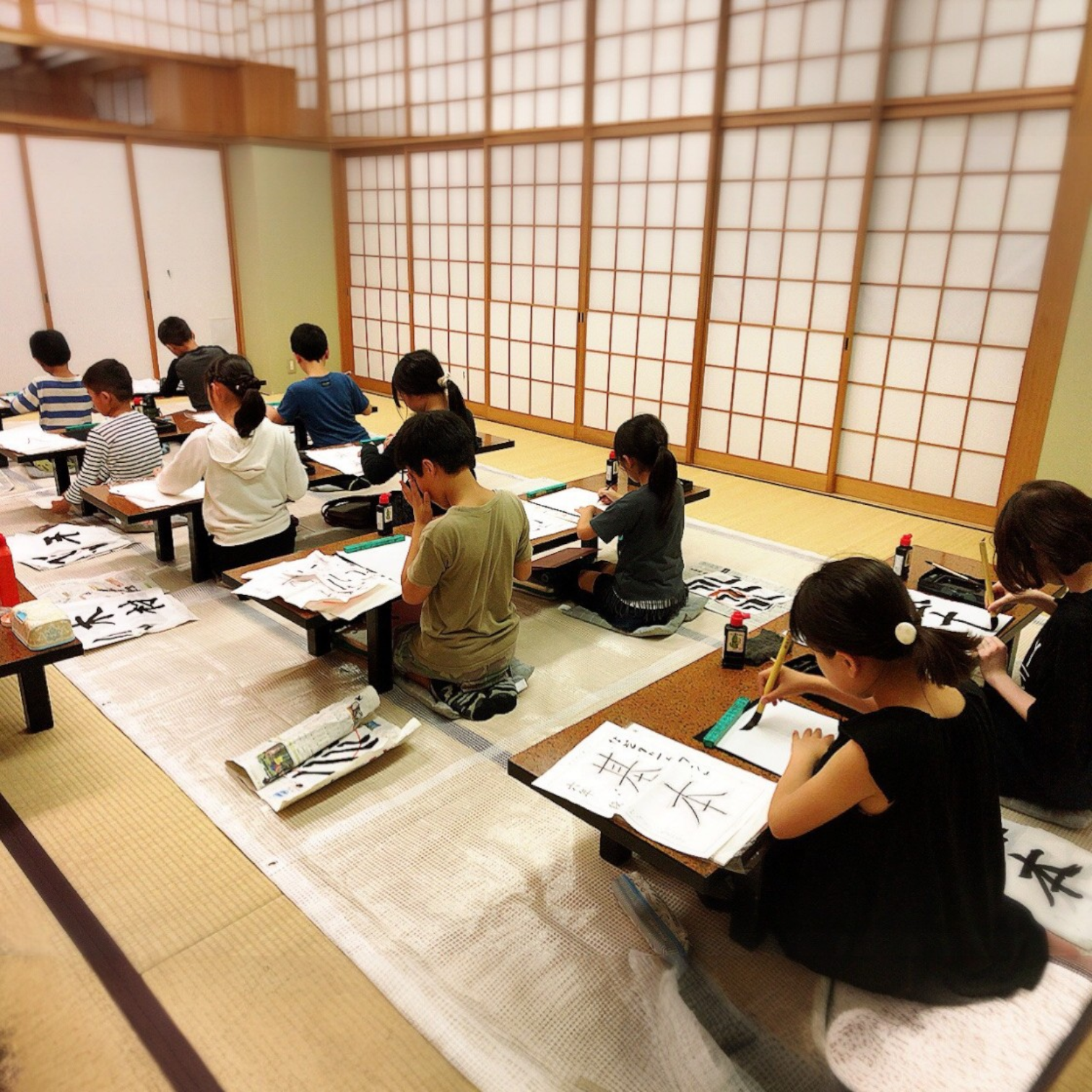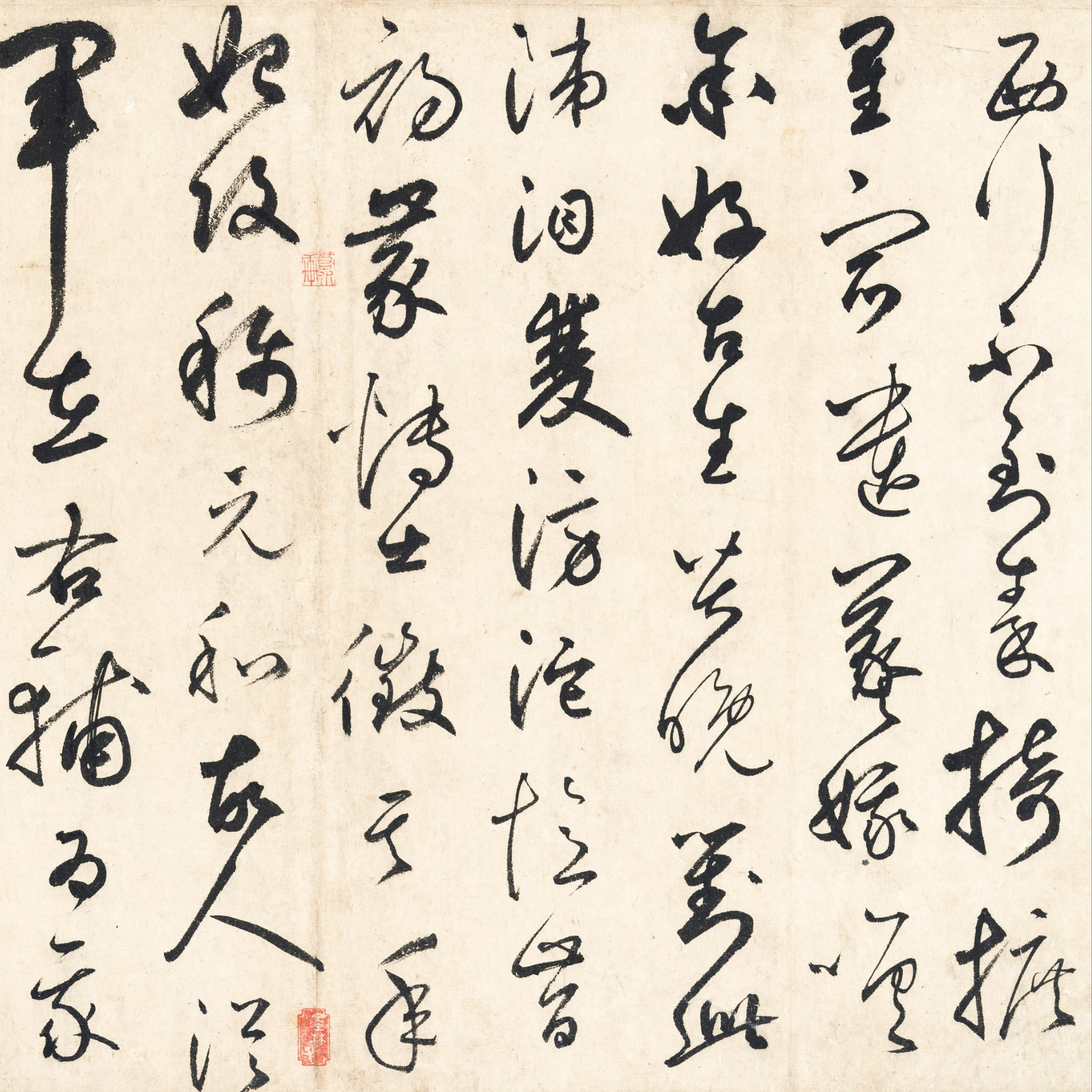
Why Shodo and Martial Arts Remain Popular Among Japanese Children
Exploring the cultural depth behind Japan’s top extracurriculars

In Japan, extracurricular activities—known as naraigoto—are more than just hobbies. They are formative experiences that shape children’s character, mindset, and sense of culture. In the 2025 national ranking of after-school activities, Shodo (Japanese calligraphy) ranked #4, and Martial Arts came in at #6, reflecting their enduring appeal in a modern age of digital skills and rapid change.
At Interior Calligraphy, we find this especially meaningful. While activities like swimming and piano remain popular, many families are returning to traditional disciplines such as Shodo and martial arts—seeking experiences that nurture the heart, soul, and spirit.
The Grace of Shodo (Japanese Calligraphy)
Shodo (書道) is not just about writing—it’s about mindfulness. With every brushstroke, children learn patience, precision, and calm focus. The practice invites quiet introspection and personal growth through artistic expression. Parents often say that Shodo helps their children center themselves in a busy world.

The Strength of Martial Arts (Karate / Judo / Aikido)
Martial arts such as Karate (空手), Judo (柔道), and Aikido (合気道) provide much more than physical training. They instill a strong sense of respect, discipline, and mental resilience. From the dojo, children carry forward habits of courtesy, perseverance, and self-control—qualities that last far beyond childhood.

Tradition Meets Today
Both Shodo and martial arts allow children to experience the depth of Japanese culture firsthand. The spirit behind Shodo, shaped by samurai values, mirrors that of martial disciplines rooted in honor and humility. These activities are timeless for a reason—they connect us with centuries of wisdom while nurturing present-day confidence and creativity.


